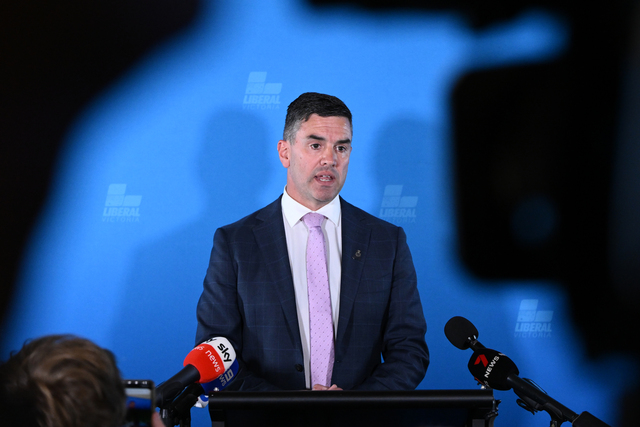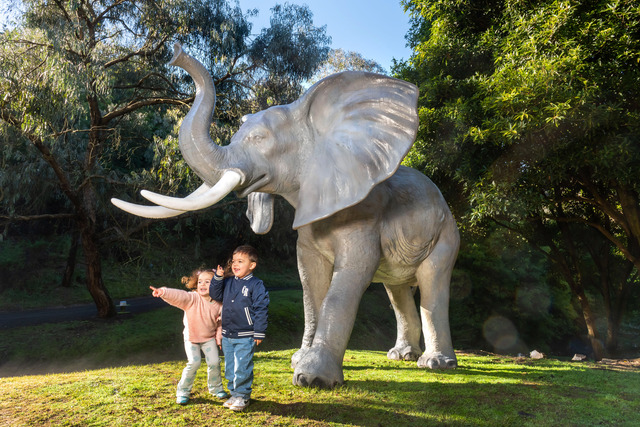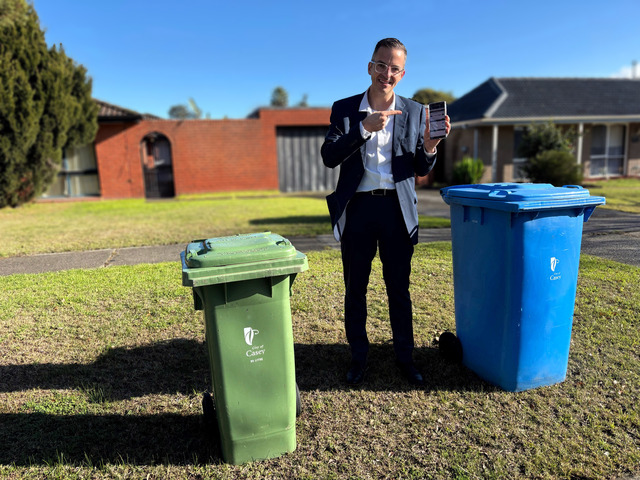 Trainer Rick Hore-Lacy wants the Cranbourne Training Complex expanded to house at least another 1000 horses. Picture: GSP Images.
Trainer Rick Hore-Lacy wants the Cranbourne Training Complex expanded to house at least another 1000 horses. Picture: GSP Images. By Glen Atwell
THE self-titled ‘Stallion Maker’, horse trainer Rick Hore-Lacy, has called for a $50 million investment in expanding the Cranbourne Training Complex and the installation of an all-weather ThoroughTrack at the Cranbourne Turf Club.
Mr Hore-Lacy, a Caulfield based trainer, described the Cranbourne training facility as “under-utilised” and said it should be expanded to house at least 1000 more horses to become a world class training and racing epicentre.
“The local trainers might not like it, but the training facility should be expanded and the racing club needs to hold more meetings,” he said.
“Racing Victoria Limited (RVL) should build at least 50 extra training facilities at the Cranbourne complex in the next two or three years,” he said.
Cranbourne Turf Club chief executive Neil Bainbridge was open to Mr Hore-Lacy’s ideas, and said significant long-term investment in the Cranbourne training centre could see it become an elite facility.
Mr Hore-Lacy also earmarked the installation of lights and a ThoroughTrack (a synthetic surface, which requires no water for maintenance), to allow all-weather day and night racing at Cranbourne.
“A Cranbourne ThoroughTrack would stop bad weather forcing the cancellations of meetings and is much more forgiving on the horses, especially the older ones prone to a few aches and pains.”
As a means of funding the big-ticket project, Mr Hore-Lacy suggested the sale of Pakenham, Moonee Valley and Werribee racecourses.
“Racing needs to be centralised and a project like this would need to be funded,” he said. “Cranbourne, Caulfield and Flemington would become the three biggest training and racing centres in Victoria. The Cox Plate could be run at Flemington.”
Mr Hore-Lacy’s grand plans come in response to the rising cost of fuel, which was paralysing trainers transporting their horses to tracks across the state.
“The cost of fuel and diesel has sky-rocketed, meaning it has become so much more expensive to get horses to the races,” he said. “Trainers work hard, and only pocket $585 for winning a country race. This amount has not increased for five years.”
“Income is going backwards at the same time expenses are sky-rocketing.”
Mr Bainbridge said he supported growth and investment in the Cranbourne training complex.
“It’s good to have passionate people like Rick Hore-Lacy in the racing world,” he said.
“The Cranbourne training facility is already the largest in the southern hemisphere. It would be great for the local community, industry and economy if it was taken to the next level. Land is available for expansion and we’ll work with Racing Victoria (to talk) about the possible development of a centre of excellence,” Mr Bainbridge said.
Mr Bainbridge acknowledged that the potential to cater for an additional 1000 was reliant on heavy investment in the training complex.
“There’s a couple of ways to look at it. I’d be concerned if the expansion went ahead with the current infrastructure and facilities, and so would a number of Cranbourne-based trainers,” he said. “But Rick is suggesting a significant long-term investment to grow and develop the training complex into an elite facility.”
When asked about the possibility of selling other racecourses to fund the project, Mr Bainbridge said it was a delicate issue.
“The sale of racecourses is a very sensitive and political issue. If Cranbourne was one of the clubs that Mr Hore-Lacy mentioned in his letter, we’d be disappointed,” he said.
Pakenham Racing Club racing manager Michael Hodge said the money required to fund an expansion of the Cranbourne Training Complex should come from normal income streams.
“Racing Victoria is responsible for funding improvements and developments at the Cranbourne Training Centre,” he said. “This should be achieved through the income derived by the racing industry, not by selling core assets.”
A spokesman for the state government said it established Racing Victoria as an independent corporation, separate from the Victorian Government, to administer thoroughbred racing in the best interests of the racing industry.
“We understand that RVL is developing a blueprint for the racing industry, which considers many of the issues raised by Mr Hore-Lacy. RVL is consulting widely with the industry and its stakeholders before it releases this blueprint,” he said.
“As such, it would be a matter for RVL and the racing industry how they best allocate resources to ensure the long-term viability and growth of racing.”






